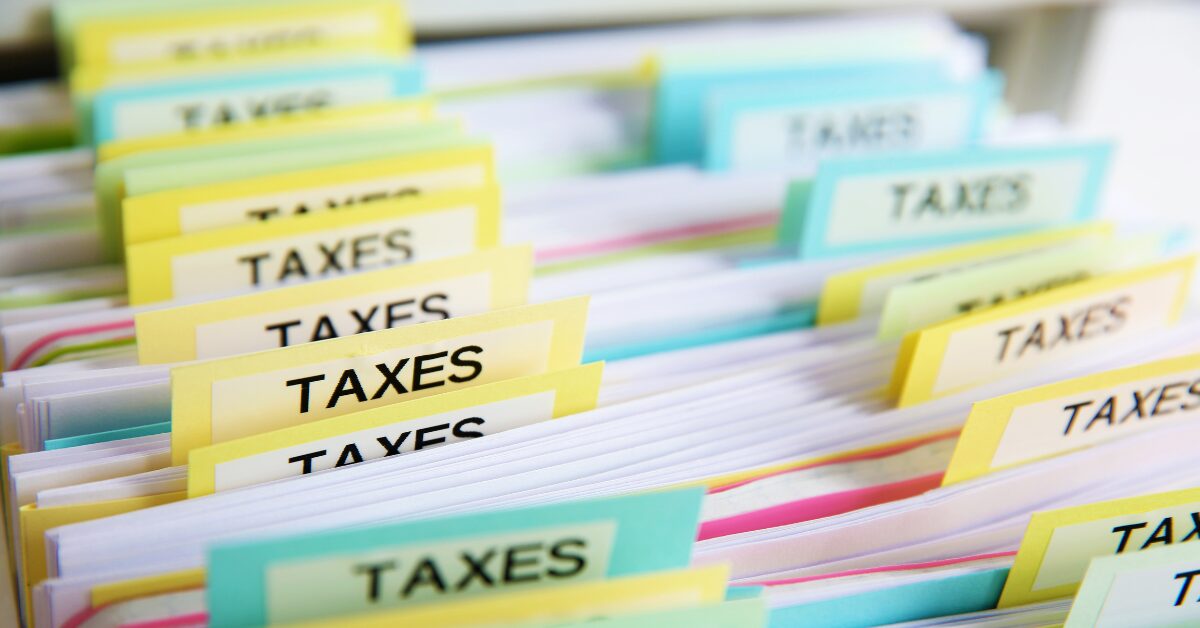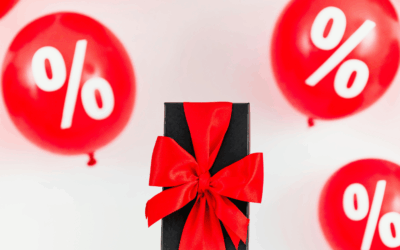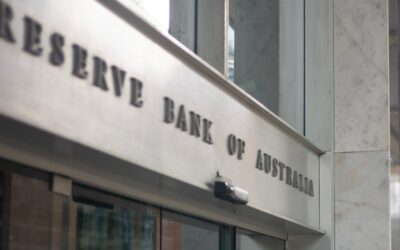In this article:

If you sell an investment property for a profit, there’s a price to pay for your success. That price is called Capital Gains Tax (CGT).
Investment properties often rise in value over time, and that increase in value is known as a “capital gain.” CGT is the tax the Australian Taxation Office (ATO) applies to any profit you make when selling such assets. Understanding CGT is essential for property investors, as it can significantly impact your returns. But the good news is there are ways to reduce how much you need to pay.
Here’s everything you need to know about CGT, plus a few tips on how to manage it effectively.
Capital Gains on Investment Properties
When you sell an investment property, CGT is calculated based on the difference between the property’s sale price and its cost base. The “cost base” includes the purchase price and certain associated expenses like stamp duty, legal fees, and capital improvement costs.
Example of CGT Calculation
Imagine you bought a property for $500,000 in 2015. Over the years, you spent $50,000 on renovations, making your cost base $550,000. You sell the property in 2025 for $750,000. Your taxable capital gain would be $200,000.
This $200,000 gain is then added to your assessable income for the financial year and taxed at your marginal tax rate. If the property was held for over 12 months, you may be eligible for a discount (more on that below).
How to Reduce Your CGT Liability
Thankfully, there are several ways to reduce the amount of CGT you need to pay. Here are a few strategies to keep in mind:
1. Take Advantage of the 50% CGT Discount
If you’ve owned the property for more than 12 months, the ATO offers a 50% discount on your capital gain. This means you only pay tax on half of the profit.
Example
For the $200,000 gain in the earlier example, after the 50% discount, the remaining $100,000 is added to your taxable income and taxed at your marginal tax rate.
2. Keep a Tight Grip on Your Records
The more costs you include in your property’s cost base, the smaller your capital gain will be. Be sure to keep records of:
- Purchase costs (e.g., stamp duty, legal fees)
- Selling costs (e.g., agent’s commission, legal fees)
- Costs of capital improvements (e.g., renovations or extensions)
By staying organised, you’ll ensure all eligible expenses are considered when calculating your CGT liability.
3. Offset Gains with Capital Losses
If you’ve sold other investments at a loss during the same financial year (e.g., shares), you can use those losses to offset some or all of your capital gain. This could significantly reduce your overall tax liability.
Example
If your $200,000 gain is offset by $50,000 in share market losses, your taxable gain drops to $150,000 (or $75,000 after the 50% discount).
4. Claim Exemptions Where Possible
Certain properties may be exempt from CGT. For example:
- Properties classified as your primary residence are generally exempt from CGT, provided you meet the full exemption criteria, including being your main residence for the entire ownership period.
- Properties used for small business purposes may qualify for additional concessions.
Speaking to a tax advisor can help you explore whether exemptions apply to your situation.
Why CGT Can Be Confusing
CGT might sound straightforward, but there are complexities to watch out for. For instance:
- CGT liabilities are tied to the date the contract of sale is signed, not the settlement date.
- Depreciation deductions claimed during ownership are added back to your assessable income, potentially increasing your liability.
Because of these nuances, consulting a professional when buying, holding, or selling investment properties is highly recommended. This ensures you fully understand the tax implications and don’t miss out on potential savings.
How to Calculate Investment Returns
CGT isn’t the only factor to consider when evaluating the success of your property investment. You’ll want to look at the total return, which combines rental yield and capital growth.
Rental Yield Calculation
To calculate gross rental yield:
- Divide the annual rent by the property’s value.
- Multiply the result by 100.
For example, if you receive $26,000 in annual rent on a $500,000 property, your gross rental yield is 5.2%.
Capital Growth
Capital growth reflects how much the property’s value has increased. If your property rises in value from $500,000 to $600,000 in one year, the capital growth is 20%. Adding this to your rental yield gives you a clearer picture of your total return.
Take the Next Step with YBR Home Loans
Understanding CGT can seem daunting, but with careful planning, you can reduce its impact and maximise your investment returns. Whether you’re buying, selling, or refinancing an investment property, having the right guidance is crucial.
At Yellow Brick Road Home Loans, our experienced team is here to help you make informed decisions. We’ll connect you with financial advisors, provide expert insights, and ensure that your property strategy aligns with your long-term goals.
Contact us today to learn more. We’ll help you get sorted.
The examples provided are for illustrative purposes only.



